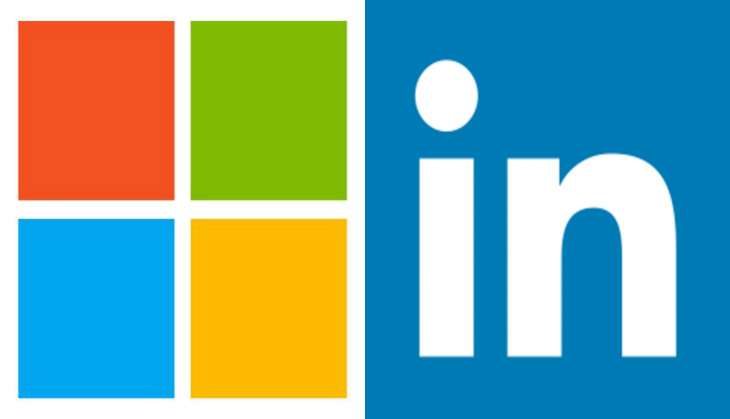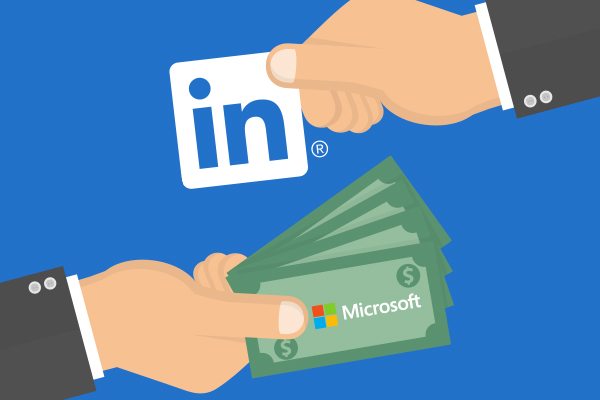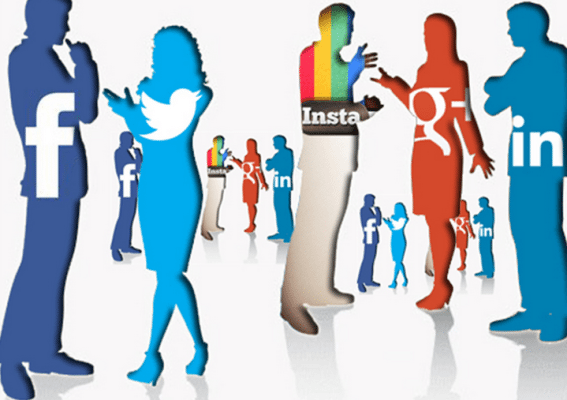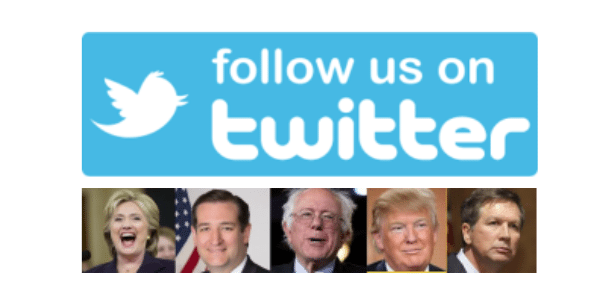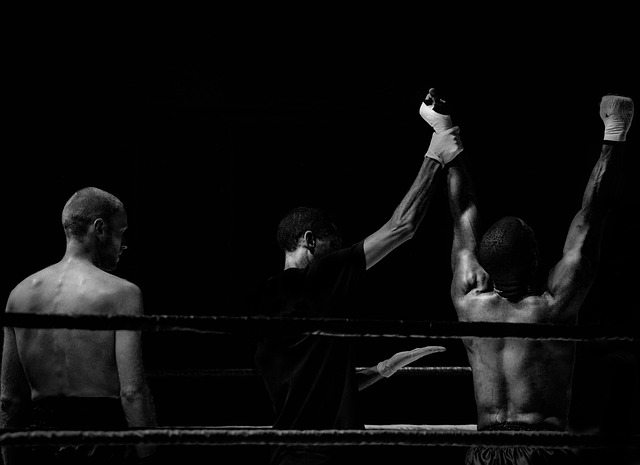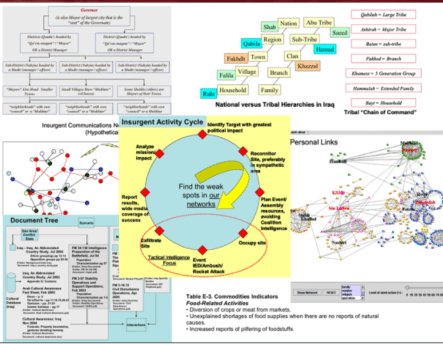So, @Social Media Today had a great article titled 12 Reasons why Your Business Should be Utilizing Employee Advocacy, with a great Infographic from @LinkedIn. This was fantastic for me — and timely – because I had some talks lined up on Employee Advocacy and Social Teaming. I’d like to highlight the numbers I think are the most relevant here.
On Average, a company’s employees have 10X as many connections as the company has followers. 10 Times? Yes — and this is proven. In many of our Social Selling and Social Culture programs, we know for a fact that the average employee has 240 connections, and with their two degrees of connections, their social reach hits about 3.8 million connections. Now, to be sure, they won’t reach all those connections, and they’ll need a level of frequency to establish success, however their potential of reach to the company is far greater. The company page needs to rely on followers and there are only two ways to get followers: from existing followers (like employees) engaging, or from advertising. On average, the employee page has only 3% of the potential reach of the employees, and that is best case from our experience.
Every two employee shares from the company page on @LinkedIn result in a company page view, every six shares results in a Company Page follower! Wow, that is staggering, that is all it takes? Well, almost. We need the participation of those employees. How does that happen, how is that orchestrated?
Let me give you a real-life example from one of our clients, American Family Insurance. While at a recent conference, I was able to listen to long-time associate @TomBuchheim, who led the charge at American Family for their Employee Advocacy Program. I have always known they were on it, and proud to say I have been there since the early days of social, and frankly their approach was brilliant. In fact, it was very synergistic to our Social Teaming methodology for sales and culture development.
He mentioned how they formed teams of champions that would act as advocates for the brand and be willing to share content provided by the company to their LinkedIn pages. They started with a small group, then they continued to grow the teams. They created rewards and recognition for their efforts and it bonded the team and humanized the brand. They are even now tracking the success of this program to new business. They had so much success that it became the “in thing”, to a point where people are lining up to be on the next selection. “Pick me!” is how ! Imagine that.
So you see, these are simple metrics which prove the value of employee advocacy. Tom’s story at American Family Insurance is evidence and it continues to grow. We are excited because all of our programs at @Social Jack, Sales, Career, Recruiting and Culture have Social Teaming at the core. In fact here is our definition below, see how it resonates to the story above.
Social Team Definition
A group of professionals who have complimentary skills (1) driving to a common objective, goal or destination for which they (2) hold themselves mutually accountable for collective performance. They stay constant on their journey with the (3) purpose of building stronger relationships, trust and always think of other team members with genuine reciprocity. A Social Team (4) utilizes online social networks and the power of their targeted connections, within their sphere of influence, to (5) enhance the team’s relationships, reach, performance and success in reaching their common destination.
If you would like to read more, check out our blog post on Social Teaming:
Social Teaming – It's All About Who You Know.
Here is a snapshot and link to the revolutionary infographic by LinkedIn
So whether you are in the middle of this and working to figure it out, ask us about Social Teaming to energize this effort. If you’re not sure if management will approve it, show these numbers and this great infographic by LinkedIn to your boss. Think of it as “it is time or get left behind”, because it’s just too easy and it promotes culture development at the same time. What are you waiting for?
We hope to see you and your employees online and working together for a stronger brand!









